Idea by
Igor Kuvač, Slobodan Peulić, Nikolina Hassam Dorsen, Andrea Janičić
The Centre for Spatial Research
https://icprostor.wordpress.com/
Call for ideas 2021
New layers of urban landscapes- Maslešas’ backyard
New layers of urban landscapes- Maslešas’ backyard

- Site-specific cases
The project is a small-scale urban intervention, which expands the network of open public spaces. It provides new layers of urban landscape by caring about accessible, safe and custom public spaces released from previously abandoned, peripheral and dangerous urban voids. The idea is to renew and recreate a multifunctional space, that in addition to everyday activities becomes a stage for different ways of free artistic and other expression. The concept is a synthesis of thinking on three topics: collective memory of the place, urban backyard and the art. The concept reduces to only one element, defined by an intensely colored wrinkled surface, fitting the area. The main theme of the garden is absent, expressing a criticism of "placing" the green yard in a concrete defined place, as opposed to numerous destroyed green areas. Layers of spatial thinking are read in associations to the transformation of the theater curtain with horizontal laying, containing different meanings attached.
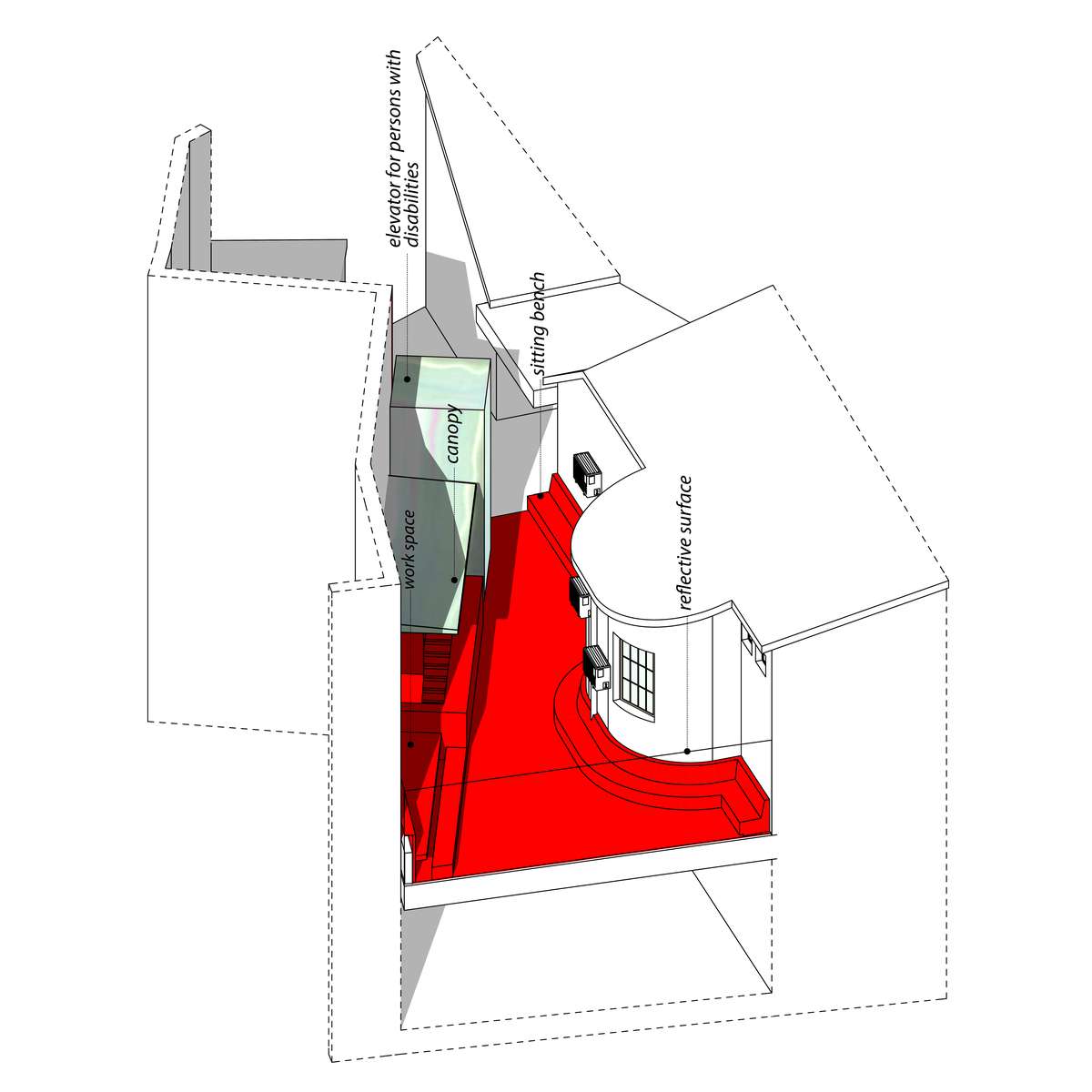
Axonometry diagram of Maslešas’ backyard
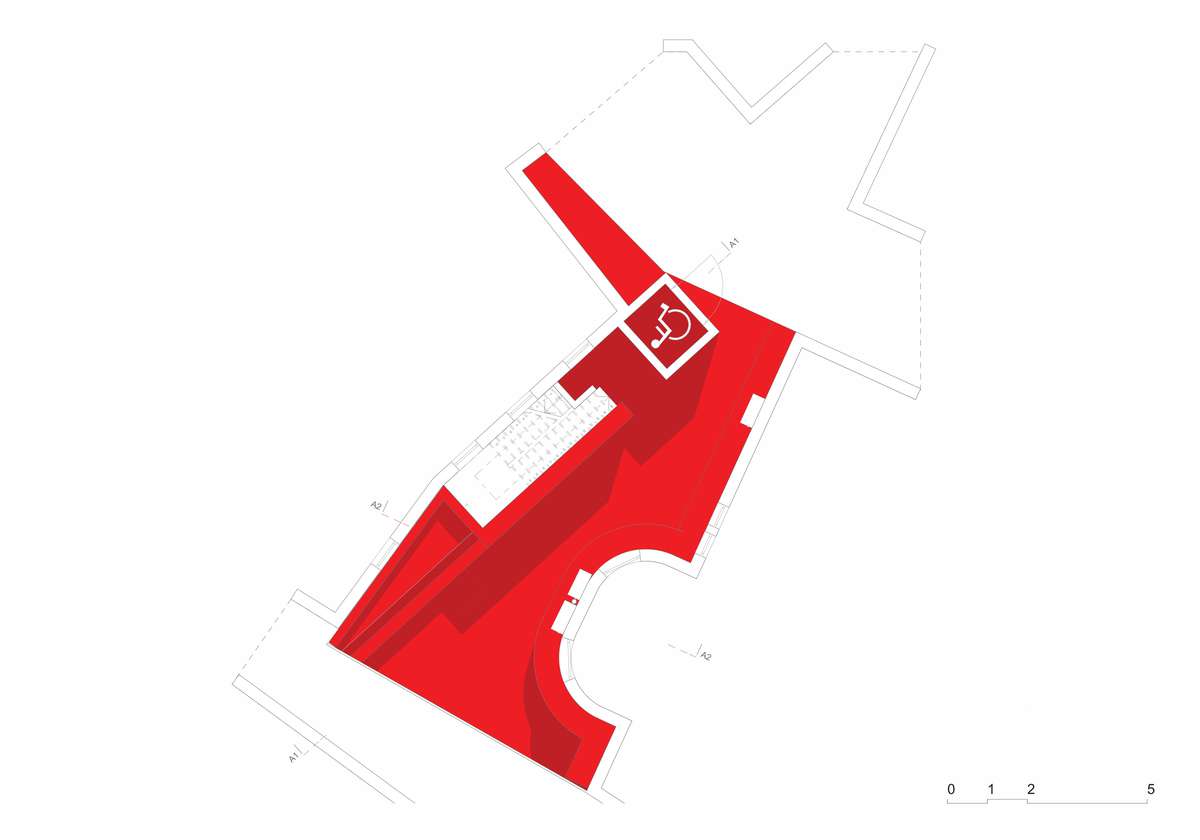
Floor plan
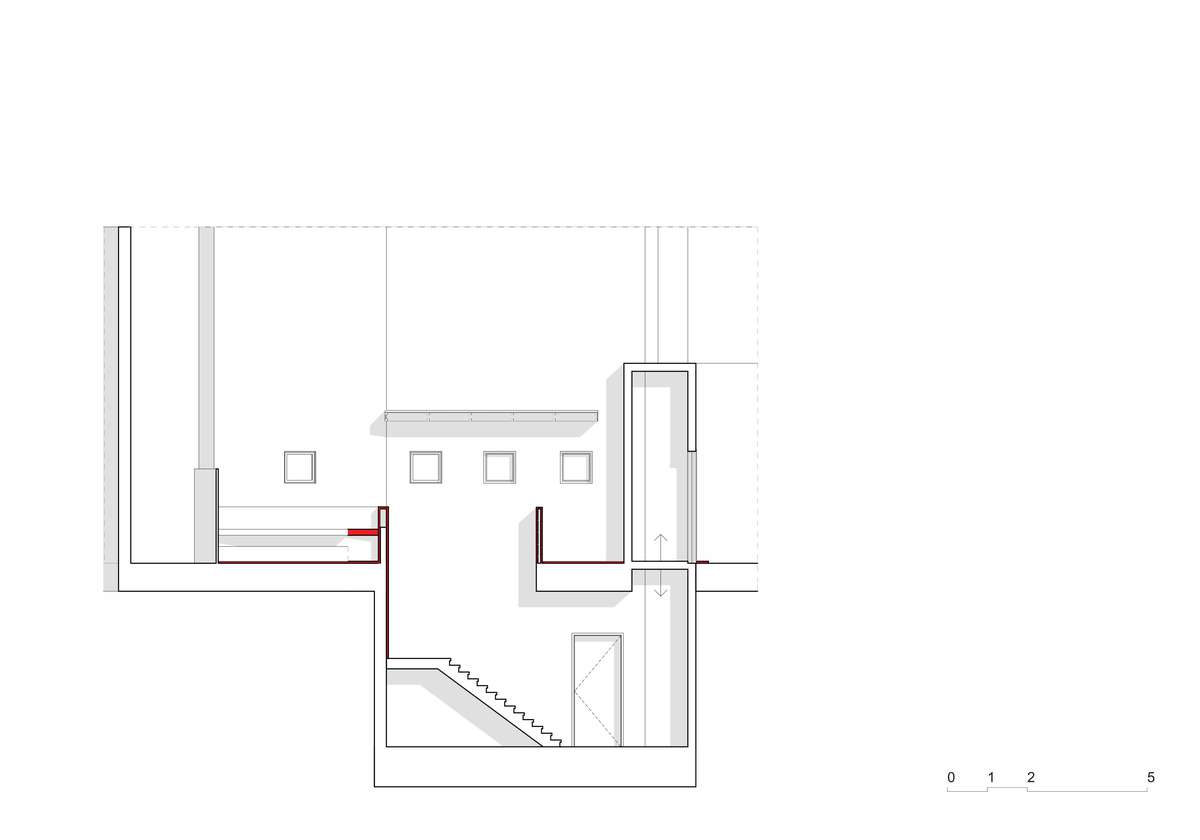
Section
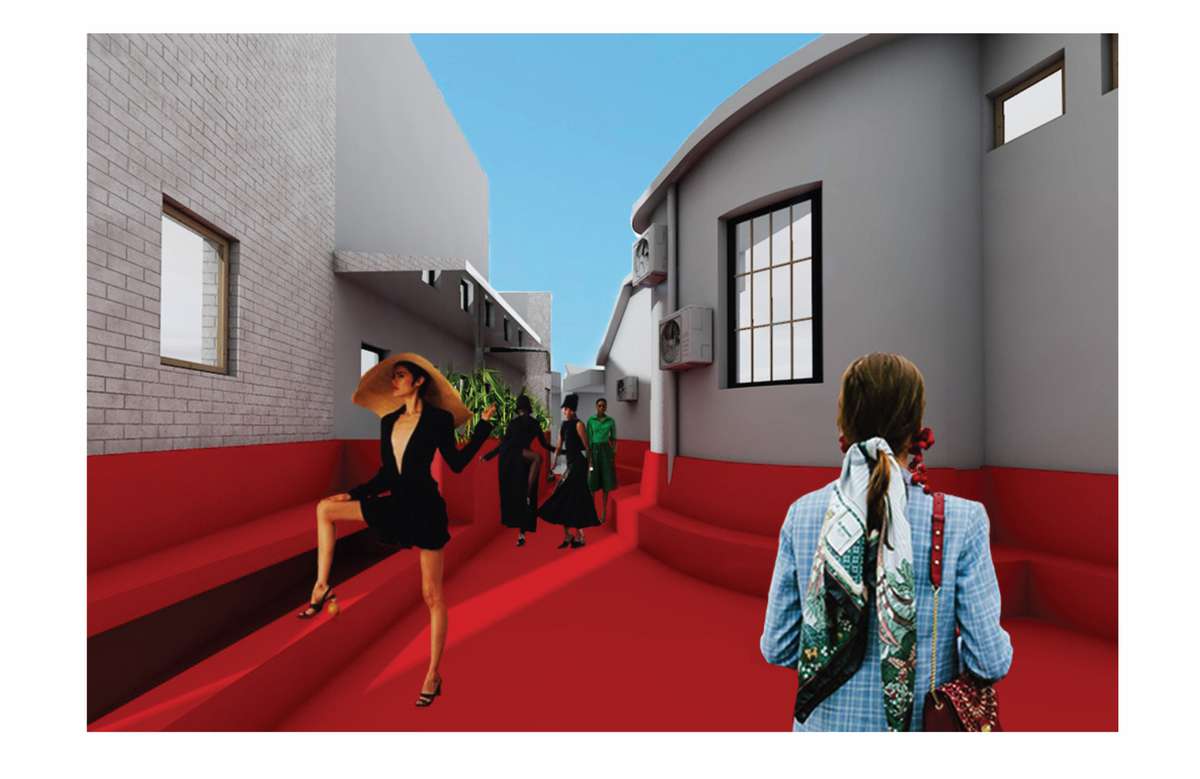
Visual representation of Maslešas' backyard

Simulation solution, photo by A.Cavic
New layers of urban landscapes- Maslešas’ backyard
New layers of urban landscapes- Maslešas’ backyard

- Site-specific cases
The project is a small-scale urban intervention, which expands the network of open public spaces. It provides new layers of urban landscape by caring about accessible, safe and custom public spaces released from previously abandoned, peripheral and dangerous urban voids. The idea is to renew and recreate a multifunctional space, that in addition to everyday activities becomes a stage for different ways of free artistic and other expression. The concept is a synthesis of thinking on three topics: collective memory of the place, urban backyard and the art. The concept reduces to only one element, defined by an intensely colored wrinkled surface, fitting the area. The main theme of the garden is absent, expressing a criticism of "placing" the green yard in a concrete defined place, as opposed to numerous destroyed green areas. Layers of spatial thinking are read in associations to the transformation of the theater curtain with horizontal laying, containing different meanings attached.

Axonometry diagram of Maslešas’ backyard
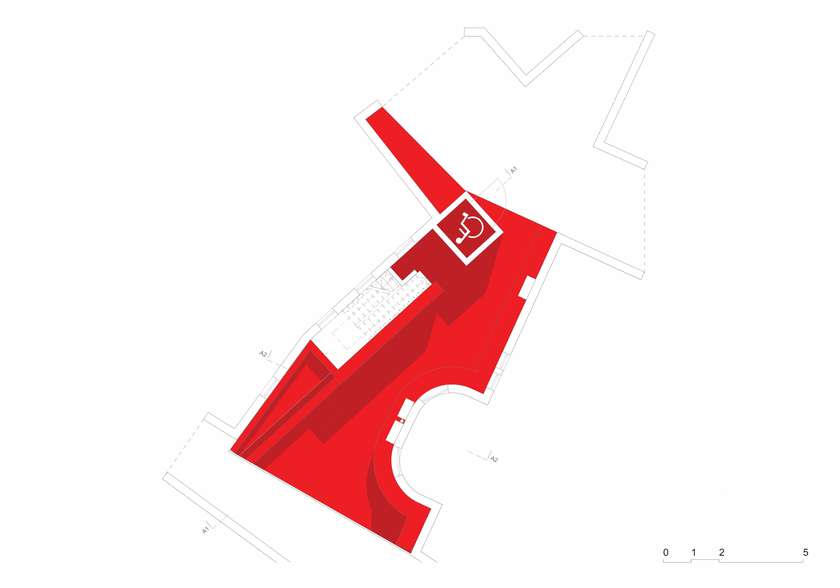
Floor plan
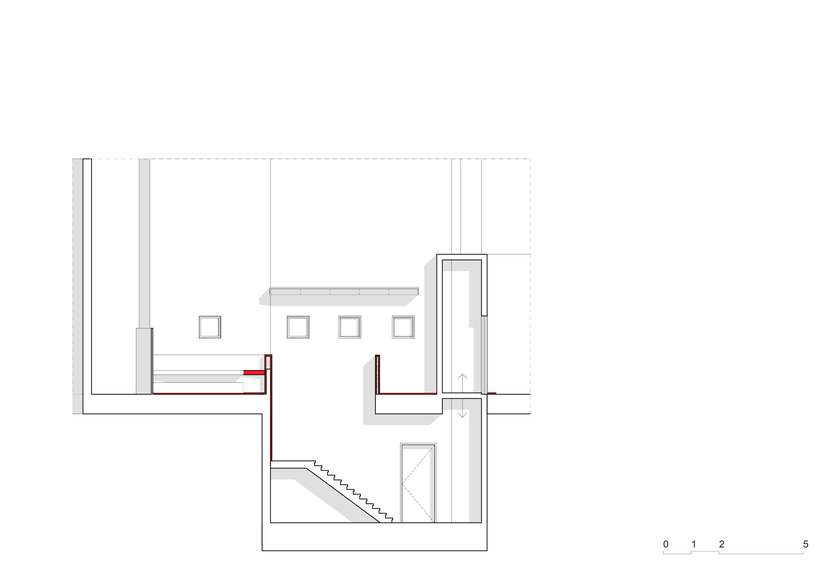
Section
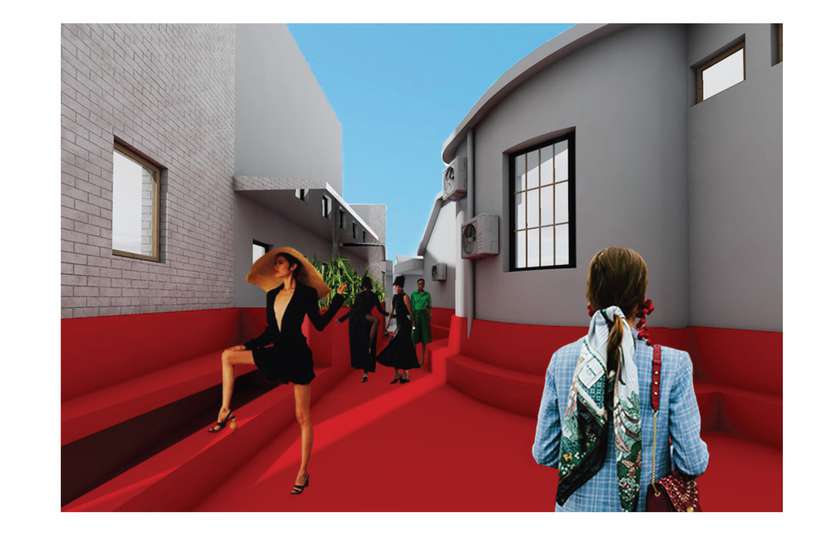
Visual representation of Maslešas' backyard

Simulation solution, photo by A.Cavic